Future Casting

Trink Magazine | Valerie Kathawala hazards forecasts for the future of wines from Alto Adige-Südtirol, Austria, Germany, and German-speaking Switzerland.

Trink Magazine | Valerie Kathawala hazards forecasts for the future of wines from Alto Adige-Südtirol, Austria, Germany, and German-speaking Switzerland.
Writer, Editor, Publisher
Valerie Kathawala specializes in the wines of Germany, Austria, South Tyrol, and Switzerland, as well as those closer to her home in New York City. Her work appears in the pages of Noble Rot, Full Pour, SevenFifty Daily, Meininger’s Wine Business International, Pipette, Glug, Pellicle, and a number of other tolerant publications.
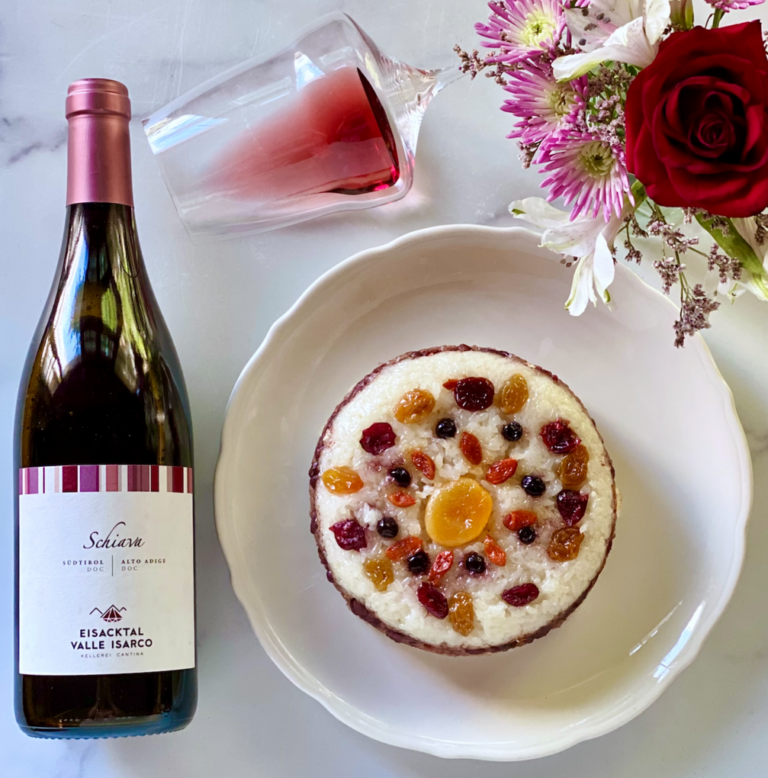
Lunar New Year (aka Spring Festival, or Guo Nian in Mandarin) is arguably the most important holiday for people of Chinese heritage — especially in Taiwan, where I grew up. It’s been my favorite since I was a kid. Now, living in Brooklyn, I recall that a few days before the New Year every household starts to “sweep the dust” to banish bad luck, erase unhelpful habits, and create positive new ones. On the day before New Year’s Eve (a holiday we call Little New Year’s Eve), we will take down the old Spring Festival couplets and replace them with fresh verses. On New…...
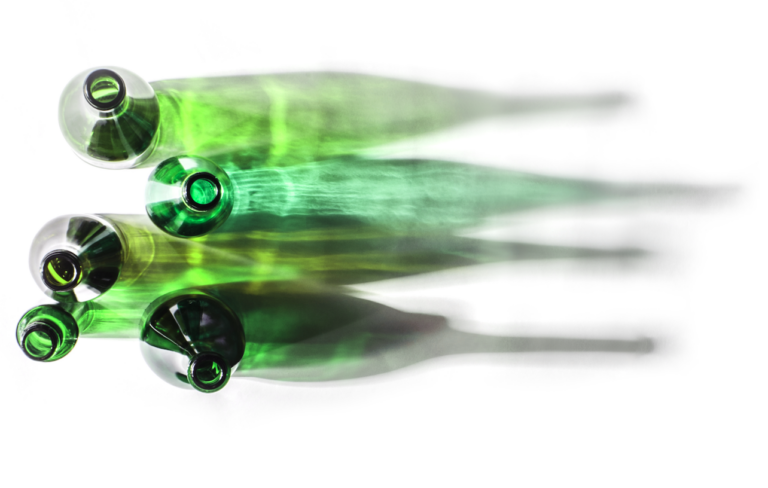
Not long ago, in my merchant days, I scored a few cases of mature Mosel wines from a grower I didn’t know. It wasn’t much wine, the prices were attractive, and I was able to eke out a few bottles for my cellar, which can never have too many ready-to-drink Rieslings. They were 1982s and 1985s. I had a wine friend over and opened one of the bottles to begin the evening’s festivities. “Oh I do like old Riesling,” my friend said, “And isn’t it amazing how well even a Kabinett can age?” “It is indeed,” I said. “But this isn’t a…...
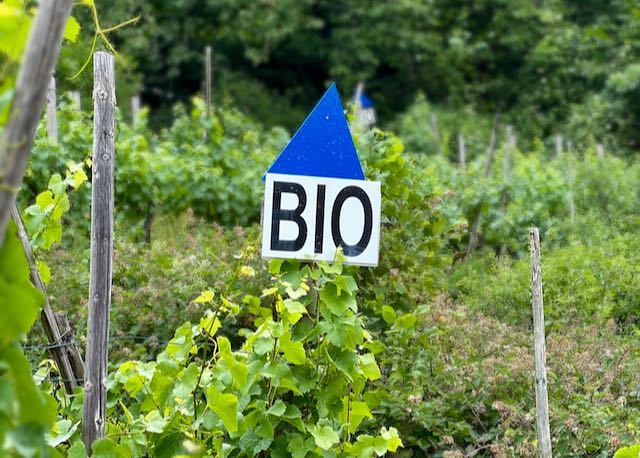
How catastrophe proved a catalyst for change, and helped Germany’s Pinot paradise find a new way to farm.
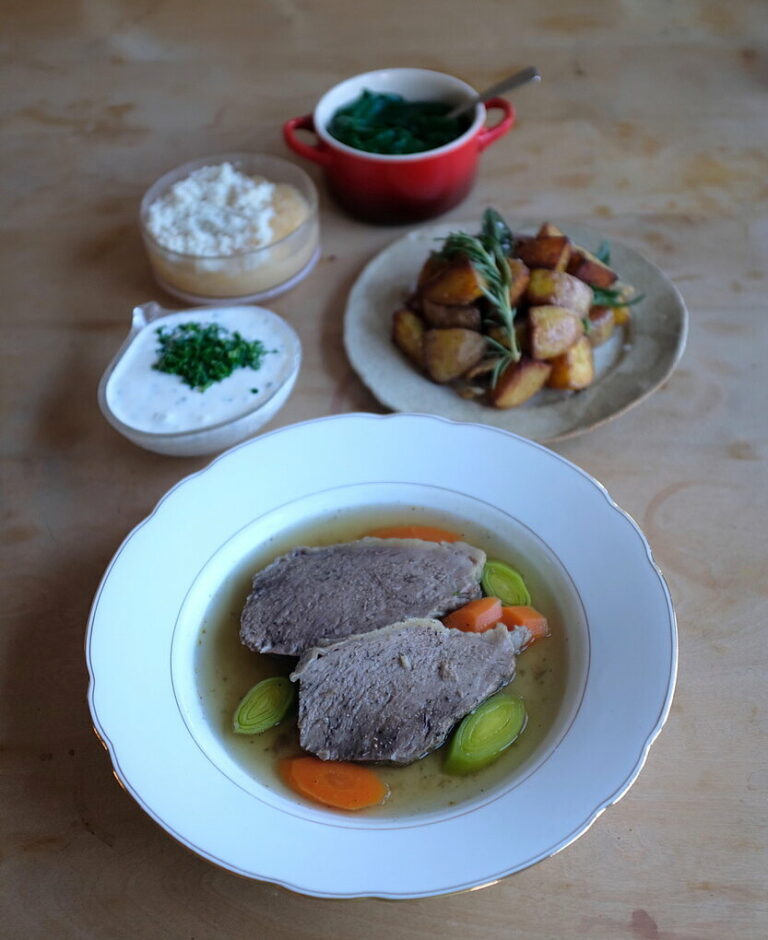
12/17/2021 Eat & TRINK | Go Austrian for Your Holiday Feast By Emily Campeau Tomato season rolled right into the root vegetable months, and here we are, planning end-of-the-year festivities. Whether you’re looking to ditch the old classics for a fresh recipe to impress your guests or make dinner for two with plenty left over for a next-day sandwich, I suggest we look to Austria for inspiration. Tafelspitz is a dish closely associated with Viennese cuisine and is generally considered to be Austria’s national dish. The first time I crossed paths with it was at one of those distinguished…...
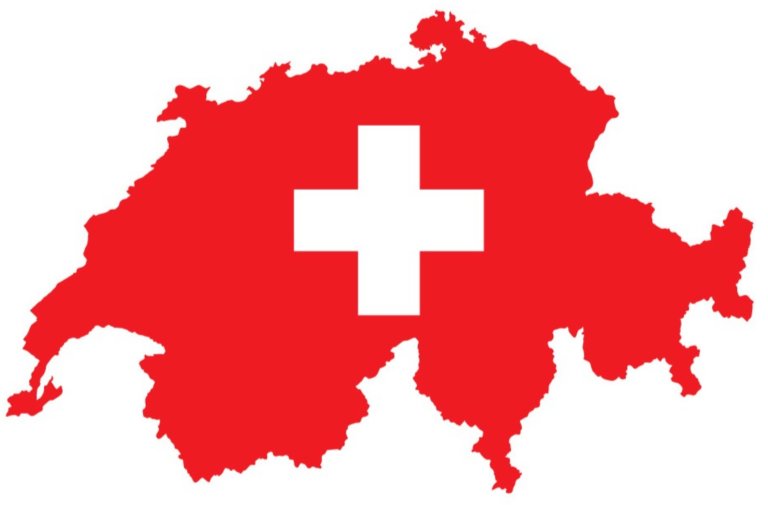
One of the biggest trends in wine over the past two decades has been an increased interest in expressing origin. Organizations like the Verband Deutscher Prädikatsweingüter (VDP) in Germany and the Österreichische Traditionsweingüter (ÖTW) in Austria have both shaped and surfed this wave to the extent that their vineyard classifications — in both cases private initiatives — are now being codified into national law. Switzerland has no comparable organization. The one that comes closest, Mémoire des Vins Suisses, was founded more than 30 years ago, with the aim of proving that Swiss wines can age. Does this mean Swiss wines…...
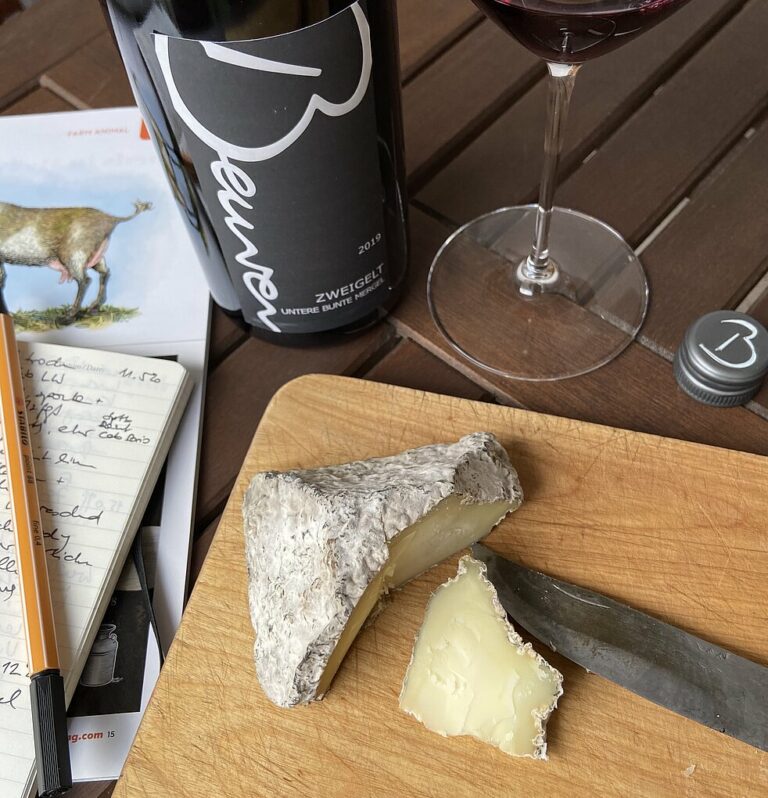
When Westphalia and Württemberg meet on the table good tastes are bound to happen.
Enjoy unlimited access to TRINK! | Subscribe Today